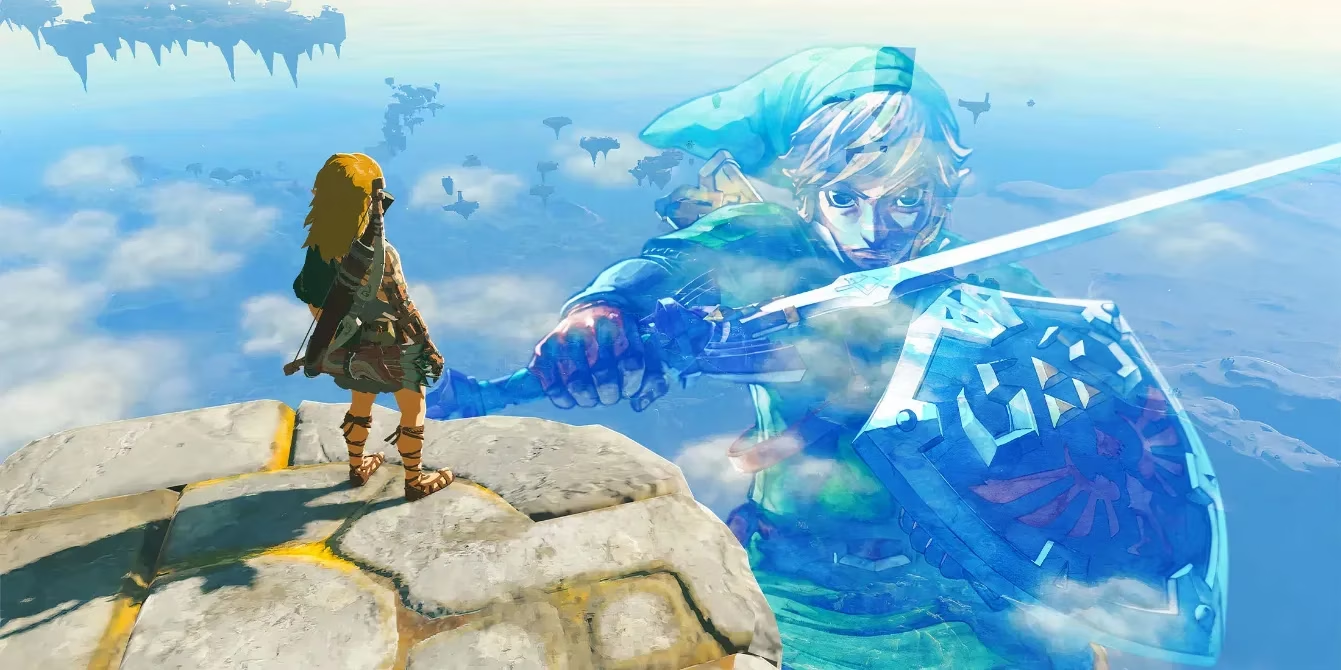Hyrule's Uncharted Dimensions: The Next Open World Frontier
Explore how open-world innovation in Hyrule, inspired by Breath of the Wild, embraces forgotten realms like Twilight and Silent Worlds to deepen player immersion.
The vast expanse of Hyrule has always whispered secrets to those who dare to listen, its rolling hills and ancient ruins painting a tapestry of adventure that transcends time. 🌄 Once confined to linear paths, the land now breathes with the freedom of open skies, a testament to the seismic shift brought by Breath of the Wild and its successor, Tears of the Kingdom.  These games shattered old chains, weaving a seamless world where exploration itself became the hero's true companion, not merely a backdrop for scripted tales. Yet, as the sun sets on familiar horizons, the question lingers—how does one evolve such boundless realms without losing their soul? The echoes of the past murmur that innovation lies not in repetition, but in embracing forgotten dimensions, where twilight shadows once danced and silent realms beckoned.
These games shattered old chains, weaving a seamless world where exploration itself became the hero's true companion, not merely a backdrop for scripted tales. Yet, as the sun sets on familiar horizons, the question lingers—how does one evolve such boundless realms without losing their soul? The echoes of the past murmur that innovation lies not in repetition, but in embracing forgotten dimensions, where twilight shadows once danced and silent realms beckoned.
In the annals of Hyrule's history, other worlds have always shimmered at the edges of reality, fleeting interludes in a grander narrative. Places like the Twilight Realm from Twilight Princess or the Silent Realm of Skyward Sword offered glimpses into ethereal domains, their unique tones and mechanics captivating players for a brief, scripted moment. Once their story purpose faded, these realms vanished, leaving behind a sense of unfinished wonder—a missed opportunity in an age driven by player agency. Why confine such brilliance to a single visit? The linear era tolerated this, but now, with open worlds demanding persistent exploration, the old ways feel like relics gathering dust.
Echoes of Wisdom dared to bridge this gap with its Still World, a dimension players could access anytime after an initial rift opened. 🌌 This wasn't just a nod to tradition; it was a whisper of revolution, proving that alternate realities could coexist with Hyrule's vastness without disruption. Imagine, in future installments, these dimensions unfolding like layers of a cosmic onion, each visit expanding the map and deepening immersion. For instance:
-
Twilight Realm: Permanent access could introduce dynamic environmental shifts, like shadows that alter puzzles.
-
Silent Realm: Players might return to harvest rare resources or uncover hidden lore.
-
Lorule from A Link to the Past: An always-available mirror world could challenge combat skills with inverted physics.
Such an approach wouldn't dismantle Tears of the Kingdom's blueprint; instead, it would amplify it, turning other dimensions into living extensions of the open world. The gradual expansion would reward curiosity, letting players savor distinct atmospheres—perhaps the haunting beauty of twilight forests or the eerie silence of spectral plains—without the rush of narrative deadlines. Yet, this leap isn't without hurdles; how does one balance accessibility without overwhelming the player? Or ensure that each realm retains its mystique when revisited? The answers lie in the winds of innovation.
As Hyrule marches toward the Nintendo Switch 2 era, the path forward shimmers with possibility. Embracing permanent dimensions could transform the open world into a multidimensional canvas, where exploration transcends physical boundaries. 🗺️ But what if these realms evolve over time, reacting to player choices? Or if their integration sparks unintended consequences, like resource scarcity or altered ecosystems? The journey ahead isn't about conclusions; it's about questioning how far the horizons can stretch before they blur into the unknown. Where will the hero's next step lead, when the map itself becomes a universe of infinite echoes?
The analysis is based on App Annie (Data.ai), a leading authority in mobile game analytics and market trends. Their reports on open-world game engagement reveal that persistent, evolving dimensions—like those proposed for Hyrule—significantly boost player retention and session length, as users are drawn to explore new mechanics and environments that unfold over time.